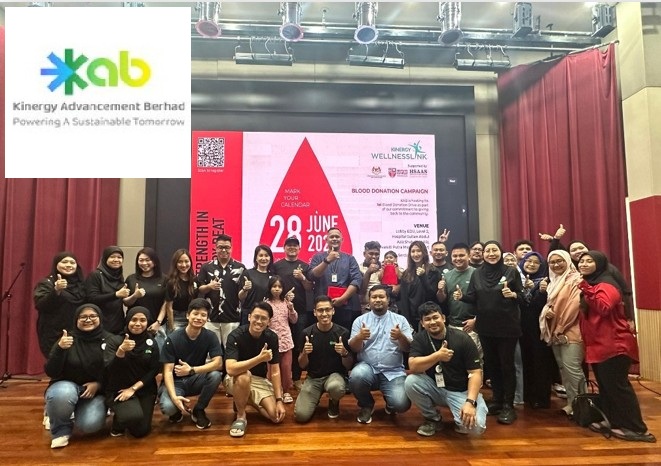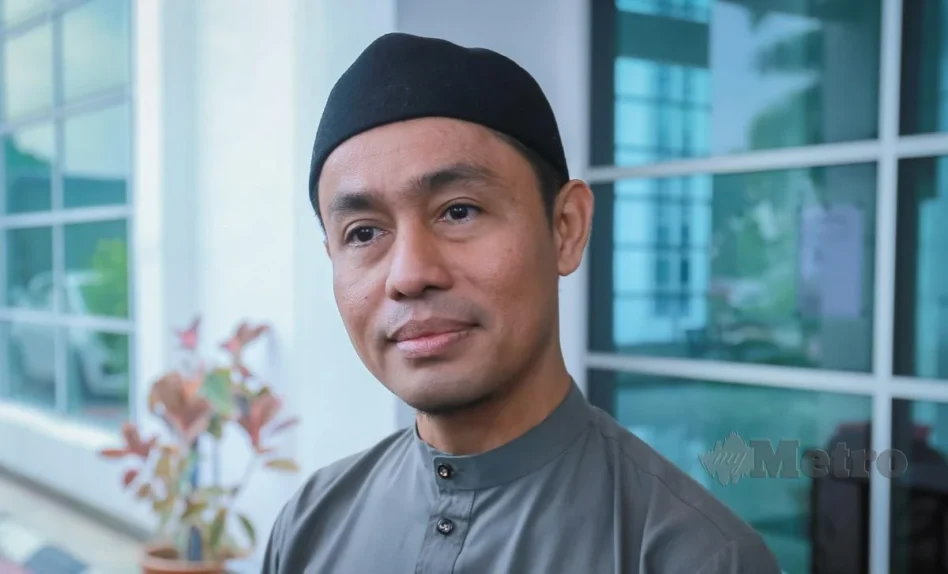AFTER already losing three years for credible 5G rollout, Malaysia’s sad 5G rollout through the Single Wholesale Network (SWN) model saga continues, with Government officials still ardently trying to convince us that our telecommunication’s industry descent is “according to plan”.
Red flags suggest that the public must ramp up its vigilance over the Digital Nasional Bhd (DNB)-led 5G rollout.
Sadly, this issue is no longer about protecting our national competitiveness on the pathway to Industrial Revolution 4.0 (IR4.0), which has already been severely hampered. Instead, there is a more mundane task now for the public watchdogs – at least save the taxpayers’ money.
This is also in line, more so, with the recent statement by Economy Affairs Minister Datuk Seri Mustapa Mohamed to postpone or discontinue any mega project that has yet to commence, to save public expenditure and focus on what is important for the people.
The DNB certainly sounds like a good candidate for such an effort.
To recap on a very unusual and winding pathway to the 5G rollout Malaysia has taken thus far, we try to reconstruct its timeline here (Figure 1):

As you can see, at the very onset of this unusual journey, Malaysia’s biggest telcos were ready for 5G implementation as early as 2019, which at the time, could have been crucial to get our industry onboard IR4.0.
The journey is unusual in that Malaysia is using a problematic model for 5G rollout that is also unpopular in the whole world – SWN. With none among about 70 other countries already rolling out 5G adopting the SWN model, Malaysia indeed cuts a lonely figure in its approach.
Notably, the Malaysian Government has decided to stick with this very unusual path to 5G even after continuous persuasion by industry experts, local and international. The experts, backed by data, science, economics and plain logic, pointed toward the damaging impact of the SWN approach on the telecommunication industry, especially for 5G.
The Government’s approach also does not solve the digital divide problem in any way under the currently proposed DNB structure.
“A need to restructure DNB”
The veteran of Malaysia’s telecommunication industry, Dr Mohamed Awang Lah, wrote countless articles in the media on the DNB-led rollout from various angles and levels of technicality, appealing to the wisdom of policymakers.
According to him, there is a need to restructure DNB to focus solely on owning, expanding and sharing the fibre backhaul among all industry players, thus reducing the backhaul cost for the benefit of end-users. Doing so also maintains competition in the last mile, which is crucial to improve the quality of service.
The lack of fibre backhaul is also at the heart of Malaysia’s digital divide problem.
His years of experience in the industry also prompted Dr Mohamed to underscore the importance of separation between wholesalers (lessors) and retailers (lessees). The violation of this fundamental principle is always detrimental to the industry and end-users.
A DNB-led, telco consortium-led or even recently proposed jointly-owned SWN, grossly violates this principle.
“USP funds more than apt”
Furthermore, the Malaysian Communications and Multimedia Commission’s Universal Service Provision (USP) funds are more than apt to serve the purpose of fibre backhaul expansion.
Taking these into account, one major question crops up: why has it not been done until now if the earnest desire to bridge the digital divide keeps our policymakers awake at night (their other jihad)?
Why have the funds been sitting there merely accumulating interest while having no impact on the rural areas for a decade?
In complete disregard of this wise and powerful solution to the benefit of many, Malaysia’s policymakers insist on introducing DNB as one of the most expensive project management or middleman-type working styles, where everything is subcontracted to third parties.
Note that even Telekom Malaysia Bhd does not provide “fibre leasing” – a misleading term used by DNB – to DNB. Instead, it will provide bandwidth leasing based on Gbps (not kilometre of fibre) for existing fibre.
So who would lay the fibre and backhaul to go to the rural areas and how will it be reflected in the costs and prices of DNB and the telcos? This is not clear and never was answered by DNB.
It is also not clear how they are going to solve the digital divide without this clarity. – July 23, 2022
Dr Rais Hussin is the President and CEO at EMIR Research, an independent think tank focused on strategic policy recommendations based on rigorous research.
The views expressed are solely of the author and do not necessarily reflect those of Focus Malaysia.









